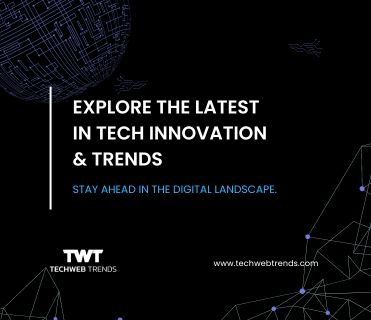Blockchain technology has revolutionized industries ranging from finance to supply chain management, offering decentralized solutions that enhance security, transparency, and efficiency. However, like any emerging technology, blockchain faces both challenges and opportunities as it continues to evolve and integrate into various sectors worldwide. Here, we explore the top three challenges and opportunities currently shaping the blockchain landscape.
Challenges
Here are some crucial challenges to know.
Scalability Issues
Scalability remains one of the foremost challenges for blockchain technology. While blockchains like Bitcoin and Ethereum have demonstrated their potential, they still struggle with scalability limitations. As transaction volumes increase, the time taken to validate transactions and the associated costs can become prohibitive. Solving scalability issues is crucial for blockchain to achieve mainstream adoption and support large-scale applications.
Regulatory Uncertainty
Blockchain operates across borders, challenging traditional regulatory frameworks designed for centralized systems. The regulatory landscape varies significantly globally, with some countries embracing blockchain innovation while others impose stringent regulations or bans. Clear and consistent regulations are essential to foster innovation while ensuring consumer protection, preventing fraud, and addressing privacy concerns.
Interoperability and Standards
Interoperability remains a significant hurdle in blockchain adoption. Different blockchains often operate in isolation with limited compatibility, hindering seamless data transfer and functionality across platforms. Establishing interoperability standards and frameworks is vital to enable blockchain networks to communicate effectively and leverage each other’s strengths, promoting a more interconnected blockchain ecosystem.
Opportunities
Let’s discuss some essential opportunities below.
Decentralized Finance (DeFi)
Decentralized Finance, or DeFi, represents a transformative opportunity for blockchain technology. DeFi platforms use smart contracts to offer financial services traditionally provided by banks, including lending, borrowing, and trading, without intermediaries. DeFi has the potential to democratize access to financial services globally, reduce costs, and increase financial inclusion for underserved populations.
Supply Chain Transparency
Blockchain enhances transparency and traceability in supply chains, offering real-time visibility into the movement of goods and verifying authenticity. By recording every transaction on an immutable ledger, blockchain improves supply chain efficiency, reduces fraud, and ensures compliance with ethical and regulatory standards. This transparency can build trust among consumers and stakeholders while optimizing logistics and inventory management processes.
Tokenization of Assets
Blockchain enables the tokenization of real-world assets such as real estate, art, and intellectual property. By representing these assets as digital tokens on a blockchain, ownership can be fractionalized, enabling broader investment opportunities and liquidity. Tokenization reduces barriers to entry for investors, enhances market efficiency, and facilitates faster and more secure transactions, unlocking new avenues for asset management and investment diversification.
Conclusion
Blockchain technology continues to evolve, presenting numerous opportunities to innovate across industries while facing significant challenges that require collaborative efforts to overcome. Scalability, regulatory clarity, and interoperability remain critical areas for improvement to unlock blockchain’s full potential. As blockchain adoption expands and matures, addressing these challenges and seizing opportunities will shape the future landscape of decentralized technologies, paving the way for a more secure, transparent, and inclusive digital economy.




